There can be your advertisement
300x150
Maya Plisetskaya: How the Great Ballerina Lived Offstage
We tell the story of how the real prima ballerina lived
She embroidered her fate just as she danced — on the edge of possibilities. Maya Plisetskaya became a legend in her lifetime, yet remained as refined, resolute, and independent in her personal life. Her home was a continuation of her character — strict, beautiful, filled with light and dignity. Today, this apartment is a museum where you can see how the real prima lived. We tell more in detail.
Brief Biography
Maya Mikhailovna Plisetskaya was born on November 20, 1925, in Moscow. Her father was a Soviet diplomat, and her mother was an actress of silent films. In 1938, her father was executed as an 'enemy of the people,' and her mother was exiled to a camp near Aktiubinsk. Maya was taken in by her aunt — the ballerina Sulamith Messerer. It was she who sent the girl to the choreographic school attached to the Bolshoi Theatre.
Her first appearance on the Bolshoi stage happened when Maya was only 18 years old. In the 1950s, she already performed leading roles, but due to political reasons, she was not allowed to travel abroad for a long time. Only in the 1960s were international stages open to her — New York, Paris, Milan. Her Swan Lake performance was considered the gold standard. Maya's husband was composer Rodion Shchedrin — they lived together for more than half a century.
Where She Lived: Apartment on Arbat
In the last decades of her life, Plisetskaya spent time in a house on Spasopесkovaya Square, near Arbat. There, she lived with Rodion Shchedrin. After her death, the apartment was given to the city and became the Maya Plisetskaya House-Museum.
The museum is open to visitors, and you can see personal items, posters, costumes, letters, photographs, stage shoes, perfume bottles, and even ballet sticks used for muscle warm-ups.
This was not a luxurious interior but a space of intellect and taste: white walls, clear light, wooden shelves, full-length mirrors, a desk with letters. A home where every item had meaning and history.
 Photo: rg.ru
Photo: rg.ru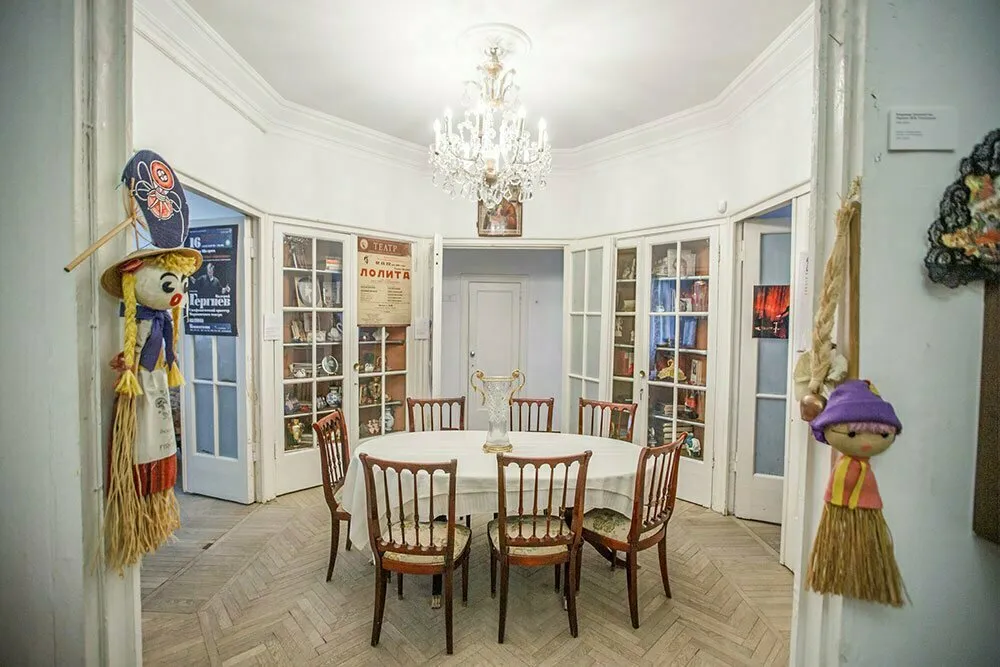 Photo: rg.ru
Photo: rg.ruHome as a Reflection of Character
Maya Mikhailovna lived strictly but beautifully. She did not tolerate visual clutter — no overdecorated interiors, no unnecessary details. The color palette was neutral and calm. On the walls were theatrical posters, photos from tours, letters from Shagall, Tishchenko, Carmen Amaya. In the closet were stage costumes neatly hung in cases.
The kitchen was small but cozy. She loved light food, especially vegetable soups and fish. She didn’t eat sweets. Once a week — champagne. “I’m not forbidden from it — I don’t need it,” she said about sugar.
On the windowsills were live flowers. Her favorites were white lilies and red tulips. Her bouquet always stood in the main room as a sign of respect for herself and the space.
 Photo: iknigi.net
Photo: iknigi.netThe Morning of a Ballerina
She woke up early, even in retirement. She started the day with light gymnastics and stretching. She did this quietly, not showing it to anyone. It was not a duty — it was her lifestyle. She respected discipline.
After training — coffee, a short walk, or reading. For lunch — vegetable soup, fish baked in steam, toast from black bread. Dinner — early and always very light. Even at 80, she maintained an incredible figure — thanks to routine, self-discipline, and refusal of excess.
Insight, Silence, and Books
There was always quiet in Plisetskaya’s home. She did not tolerate loud conversations, harsh music, or a TV in the background. When friends came over, it was real evenings — with music, conversation, spontaneous performances. Guests included Shostakovich, Rostropovich, Solzhenitsyn, Eliza Betti Lepa, Fellini.
Books were the main decoration of her home. Her library included Goethe, Mandelstam, Akhmatova, Chekhov, Flaubert. She reread her favorites and made notes in the margins. Reading was not a break but a continuation of personal work.
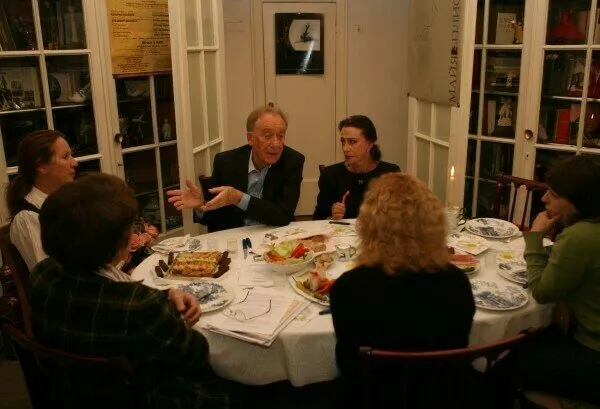 Photo: azvem.ru
Photo: azvem.ruLetters, Perfume, and Costumes
In a separate room — her letters. She maintained extensive correspondence: with Marcel Marceau, Yves Saint Laurent, Maurice Bejart. She kept everything — telegrams, postcards, notes from fans, autographed posters.
On the vanity table — perfume bottles, mostly French, from Guerlain and Caron. She chose perfumes intuitively, like music.
Stage costumes were not returned to the theater — they were kept at home, neatly arranged, as if waiting for a return to the stage.
Her Last Role — the Home
The home became her final stage. Here, Plisetskaya lived in perfect harmony: surrounded by books, music, flowers, silence. There was no flamboyant luxury, but there was something far more important — respect for life.
It is now a museum. But even without a guide, it’s clear here: this was a woman with a genius body, a sharp mind, and impeccable taste. A woman who turned discipline into art. And the home — into a reflection of her strength and beauty.
Cover: culture.ru
More articles:
 How We Transformed a 37 m² Panel Apartment into a Cozy One-Room Home in 2.5 Weeks on a Budget
How We Transformed a 37 m² Panel Apartment into a Cozy One-Room Home in 2.5 Weeks on a Budget How to Incorporate Potted Plants Into Interior Design: 6 Expert Tips
How to Incorporate Potted Plants Into Interior Design: 6 Expert Tips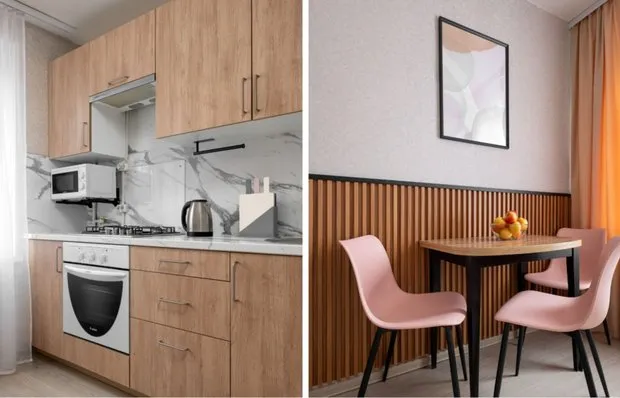 10 Ideas for a 5 m² Kitchen That Everyone Can Replicate
10 Ideas for a 5 m² Kitchen That Everyone Can Replicate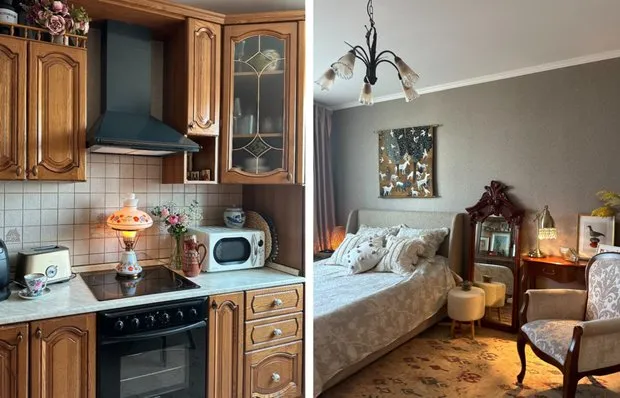 2-room apartment 55 sqm in a standard panel house where nothing has changed for 20 years
2-room apartment 55 sqm in a standard panel house where nothing has changed for 20 years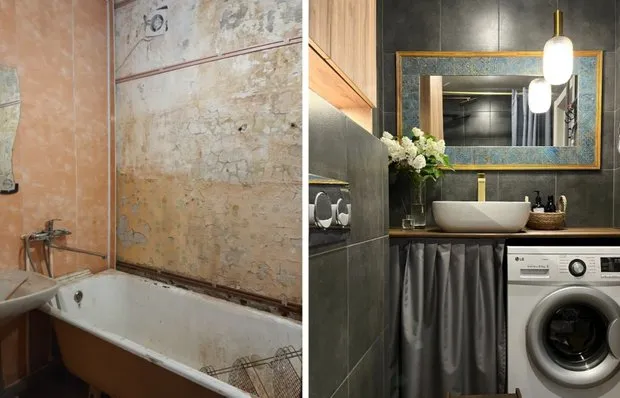 Before and After: How They Transformed a 3.8 m² Bathroom in a Brezhnev-era Apartment for 80 Thousand Rubles
Before and After: How They Transformed a 3.8 m² Bathroom in a Brezhnev-era Apartment for 80 Thousand Rubles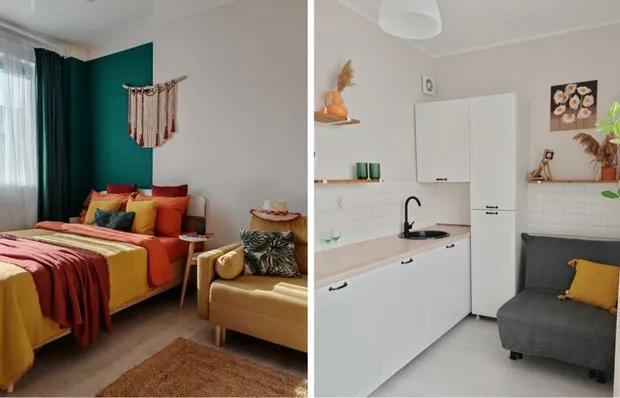 How to Style a Small Apartment on a Budget: 8 Worthwhile Ideas
How to Style a Small Apartment on a Budget: 8 Worthwhile Ideas Before and After: Bright Kitchen Interior in a Khrushchyovka
Before and After: Bright Kitchen Interior in a Khrushchyovka How We Designed a Kitchen with Natural Accents and Graphic Details
How We Designed a Kitchen with Natural Accents and Graphic Details